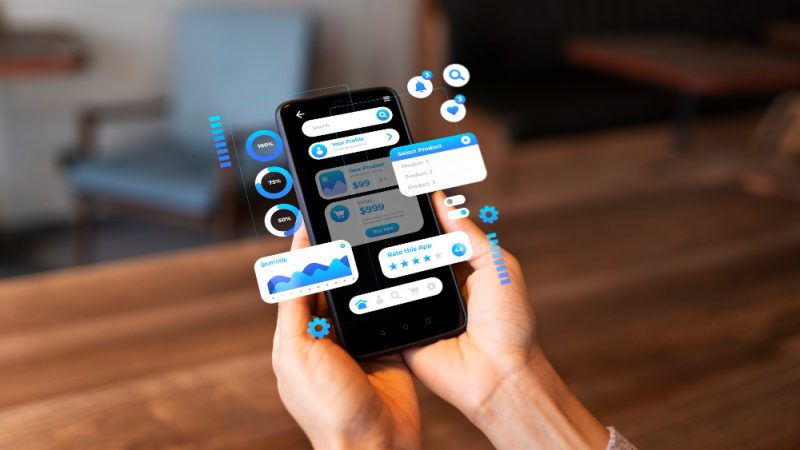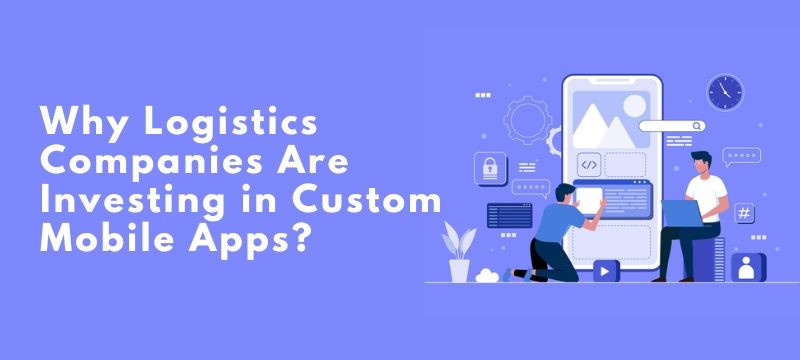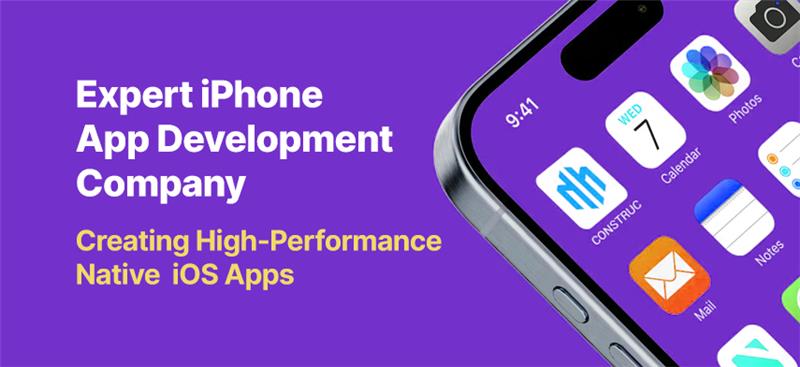Benefits of application modernization

In recent years, the IT landscape has changed beyond recognition. The challenge for most IT organizations today is that they are operating in an entirely new digital arena while still relying on monolithic legacy systems.
What Is Application Modernization?
Businesses can catch up with modern technology without spending a fortune on completely new systems. Application modernization is a low-cost solution for lowering IT costs while increasing flexibility and collaboration.
Legacy applications are modernized by updating their internal architecture, platform infrastructure, and functionality. Much of the discussion about cloud application modernization today is focused on monolithic, on-premises applications that are typically updated and maintained using waterfall development processes, and how those applications can be adapted to cloud architecture and release patterns, specifically microservices DevOps.
Modernizing applications means repurposing legacy software to meet a company’s needs. When software becomes outdated or obsolete, it can be a major impediment to technological growth in businesses. Out-of-date platforms can be difficult to use and may include features that are no longer compatible with modern technology. Some essential updates may be required to keep legacy applications running smoothly.
Application Modernization Challenges
Any application modernization strategy faces a number of inherent challenges, and each of these issues influences the search for the best application modernization vendors for a specific enterprise.
Some of the common challenges are:
1. Some legacy apps are no longer supported or maintained by the developers’ team.
2. Legacy apps rarely integrate well with new technology and are rarely compatible with modern solutions.
3. Some legacy apps are monolithic, making it difficult to update or scale them.
4. Many legacy apps have known or unknown security flaws.
5. Maintaining legacy apps is time-consuming and inefficient.
The top advantages of application modernization
In addition to saving time, money, and aggravation, modernizing legacy systems can have multiple benefits.
A few of the many benefits of modernizing legacy applications are as follows:
1. Boosts productivity of employees
One of the most important benefits of application modernization that is frequently overlooked is increased staff productivity. Developers and administrative employees perform better when they have access to technology that is simple to use and reduces their cognitive load.
Application modernization can be used to automate tasks and eliminate redundant processes, allowing employees to make better use of their time.
A modernized system may also result in fewer application issues, improved functionality, and advanced features that lead to more efficient operations.
2. Competitive Edge
While your competitors are still deliberating, you can benefit from a head start by embracing cloud modernization. Take a risk by modernizing the applications, which will increase the organization’s digital adoption. Cloud modernization allows your organization to integrate modern platforms and technologies and outperform the competition.
3. Reduces costs
Because outdated apps require large sums of money to maintain, they are not economically viable for organizations. Furthermore, the majority of these apps are hosted on-premises data centers, which are costly to maintain.
As a result, organizations are unable to reap the benefits of the public cloud.
Furthermore, because it is difficult to find people who are familiar with old tools and outdated technologies, hiring specialists for legacy application maintenance can be extremely expensive.
To be more specific, organizations can save 30-50% on costs by modernizing their applications.
4. Enhances Overall Customer Experience
A business owner who is utilizing a modernized application created by a custom software company Running a legacy application may appear to be innocuous in terms of customer service; however, continuing to use an outdated system can have a negative impact on the customer experience. Customers expect businesses to keep up with new technology and trends, and failing to do so risks losing their target audience to competitors.
Application modernization improves the customer experience by making changes such as changing the front-end user interface, adding new features, providing new services, or automating previously manual processes.
5. Improves security
Legacy applications may contain unidentified or known security vulnerabilities due to their age and use of primitive technology.
Because of the lack of modern security practices in the development of these applications, attackers are able to exploit these flaws and breach an organization’s network.
Modernized applications, on the other hand, are constantly receiving security updates and bug fixes in response to new threats. As a result, it is critical for businesses to use such applications to protect their data.
6. Enhances compatibility
Legacy application modernization improves interoperability with new technologies, platforms, and code.
Furthermore, it enables organizations to seamlessly integrate their applications, allowing them to better meet current and future business demands.
Conclusion
In a market where businesses are fighting for every rupee, capitalizing on technological advancement and enhanced functionality to gain a competitive edge is more important than ever. Application modernization provides your company with the edge it needs to stay competitive. In the following chapter, we will learn about various modernization strategies for various business needs and circumstances. See you soon!






